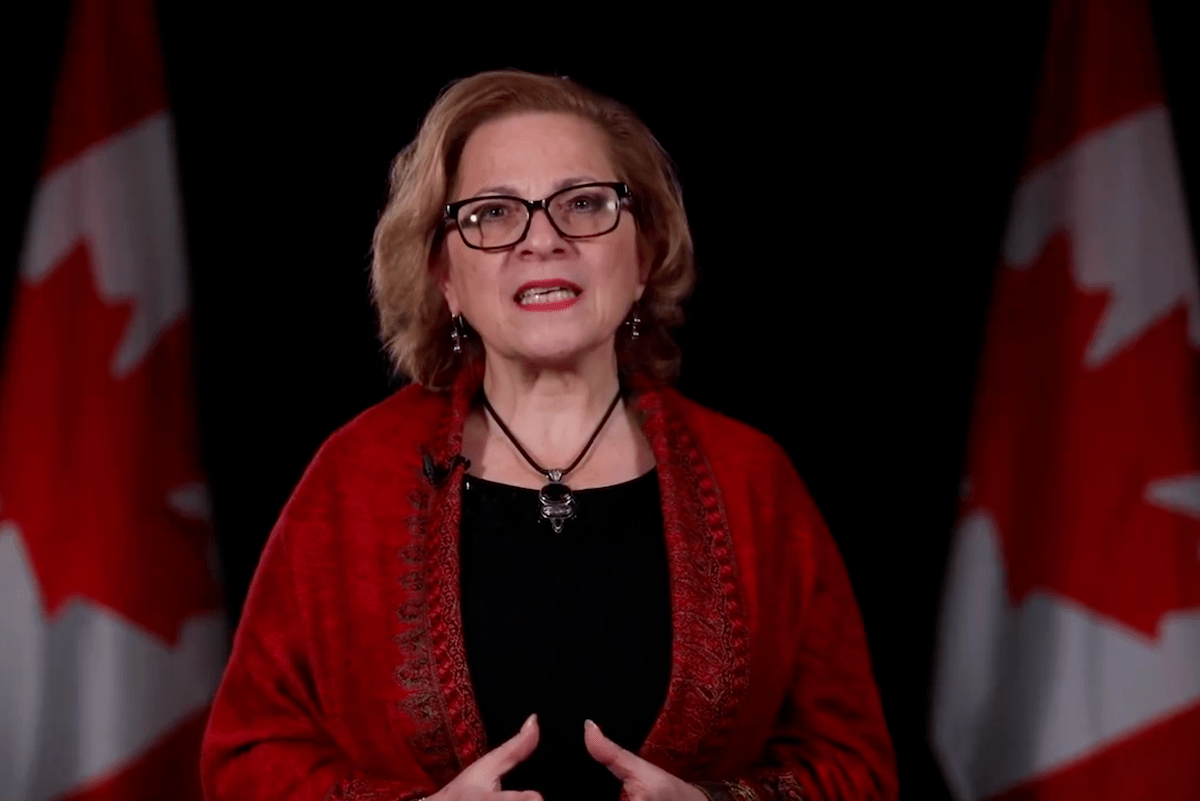Updated November 2025: Canada’s Immigration Processing Times Revealed

Canada’s Immigration Processing Times: Navigating a Complex Landscape
As Canada continues to attract immigrants from around the globe, the country’s immigration system faces the challenge of managing unprecedented demand. The latest update from Immigration, Refugees and Citizenship Canada (IRCC), released on November 6, 2025, offers a glimpse into current processing times across various immigration categories. These times are crucial for applicants planning to reunite with family, pursue studies, start new jobs, or achieve permanent residency and citizenship.
Key Updates and Trends
IRCC’s recent overhaul of its processing tool, which now reflects real-world timelines for 80% of applications, marks a significant shift from previous fixed targets. Permanent residency and citizenship timelines are updated monthly, while temporary visa, PR card, and permit processing times are refreshed weekly, providing applicants with timely insights.
-
Citizenship and Residency: Citizenship processing times have remained stable, with grants taking about 13 months and certificates experiencing a slight increase to 9 months. Permanent residency cards show minimal changes, with new cards taking 61 days and renewals slightly faster at 29 days.
-
Family Sponsorships: This category continues to face lengthy processing times, particularly in Quebec, where provincial approvals add complexity. While some categories saw slight improvements, parents and grandparents sponsorships experienced significant delays, with processing times extending to 50 months in Quebec.
-
Economic Immigration: Express Entry programs like Federal Skilled Worker Program and Provincial Nominee Program display stability, with processing times around 6 months. However, business immigration categories, such as the Start-Up Visa, continue to experience lengthy delays, exceeding ten years in some cases.
-
Humanitarian and Compassionate Pathways: These remain the slowest, with extensive backlogs surpassing ten years for some categories, highlighting the ongoing challenges in processing humanitarian cases efficiently.
- Temporary Visas and Permits: Visitor visa processing times vary significantly by country, with India facing a 99-day wait, while the U.S. sees faster processing at 36 days. Study and work permits show mixed trends, with some countries experiencing slight improvements.
Insightful Analysis
The IRCC’s updates underscore the complexity of Canada’s immigration landscape. While efforts to align processing times with real-world scenarios are commendable, the growing demand coupled with regional backlogs continues to strain the system. Quebec’s additional provincial approval requirements further complicate matters, leading to extended waiting periods for applicants.
For prospective immigrants, staying informed and adaptable is crucial. Regularly checking updates, preparing comprehensive applications, and allowing for flexibility in plans can mitigate the impact of fluctuating processing times. As Canada processes record volumes of applications, understanding these dynamics is more critical than ever for those planning to make Canada their home.
Conclusion
The latest IRCC processing times update paints a nuanced picture of Canada’s immigration system. While some categories show stabilization, others face increasing delays, driven by regional complexities and rising demand. For applicants, strategic planning and staying informed are key to navigating this intricate landscape effectively. As Canada remains a top destination for immigrants, understanding these trends will empower applicants to manage expectations and plan their future in the country with greater confidence.



